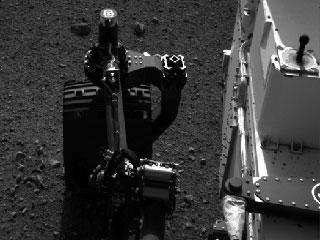
NASA's Mars rover Curiosity. Photo: NASA/JPL-Caltech.
WASHINGTON (PTI): NASA's Curiosity rover will send daily weather reports from Mars within a week or so, as it prepares for the first drive on the Red Planet.
Curiosity has been investigating the Martian weather around it and the soil beneath it, as its controllers prepare for the car-size vehicle's first drive on Mars.
The rover's weather station, provided by Spain, checks air temperature, ground temperature, air pressure, wind and other variables every hour at the landing site in Gale Crater.
On a typical Martian day, or "sol," based on measurements so far in the two-week old mission, air temperatures swing from minus 2 to minus 75 Degrees Celsius.
Ground temperatures change even more between afternoon and pre-dawn morning from 3 to minus 91 Degrees Celsius.
"We will learn about changes from day to day and season to season," said Javier Gomez-Elvira of the Centro de Astrobiologia, Spain, principal investigator for the suite of weather sensors called the Rover Environmental Monitoring Station (REMS).
But one of the two sets of REMS wind sensors is not providing data.
"One possibility is that pebbles lofted during the landing hit the delicate circuit boards on one of the two REMS booms," said Curiosity Deputy Project Scientist Ashwin Vasavada of NASA's Jet Propulsion Laboratory, Pasadena, Calif.
"We will have to be more clever about using the remaining wind sensor to get wind speed and direction," Vasavada noted.
An instrument provided by Russia is checking for water bound into minerals in the top three feet (one meter) of soil beneath the rover. It employs a technology that is used in oil prospecting on Earth, but had never before been sent to another planet.
"Curiosity has begun shooting neutrons into the ground," said Igor Mitrofanov of Space Research Institute, Moscow, principal investigator for this instrument, called the Dynamic Albedo of Neutrons, or DAN.
"We measure the amount of hydrogen in the soil by observing how the neutrons are scattered, and hydrogen on Mars is an indicator of water," Mitrofanov said.
Curiosity will soon have a different patch of ground beneath it. The six-wheeled rover wiggled its four corner wheels side to side for the first time on Mars, as a test of the steering actuators on those wheels.
This was critical preparation for Curiosity's first drive on Mars.
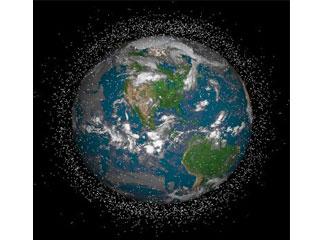 Previous Article
Previous Article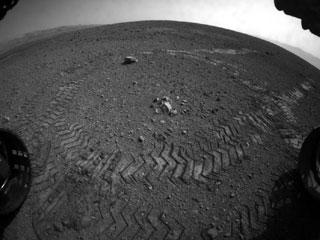 Next Article
Next Article
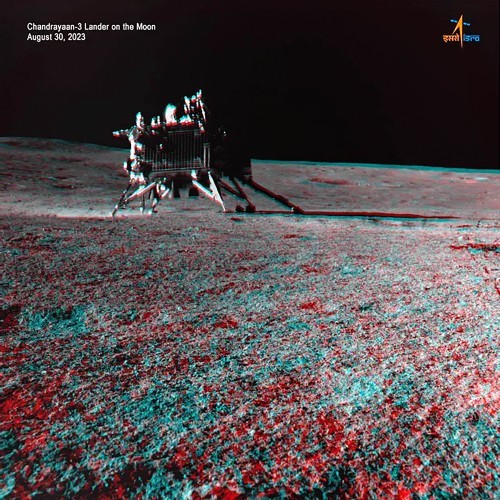
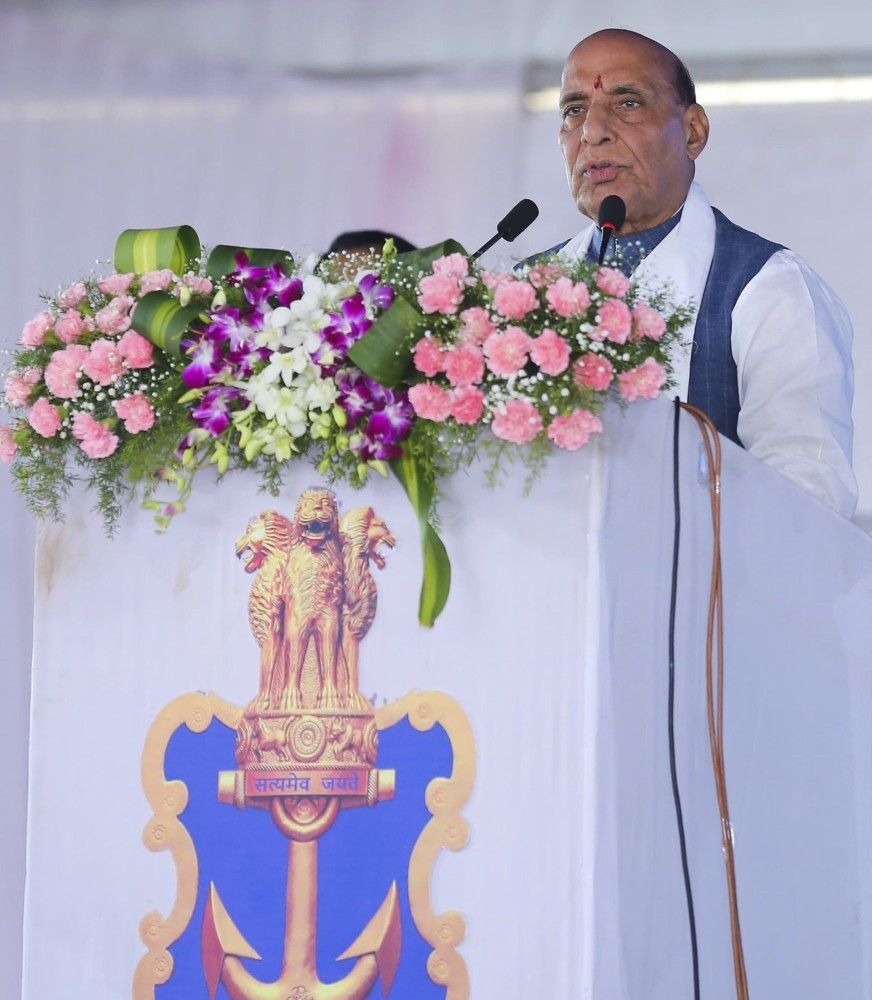






The Indian Air Force, in its flight trials evaluation report submitted before the Defence Ministry l..
view articleAn insight into the Medium Multi-Role Combat Aircraft competition...
view articleSky enthusiasts can now spot the International Space Station (ISS) commanded by Indian-American astr..
view article